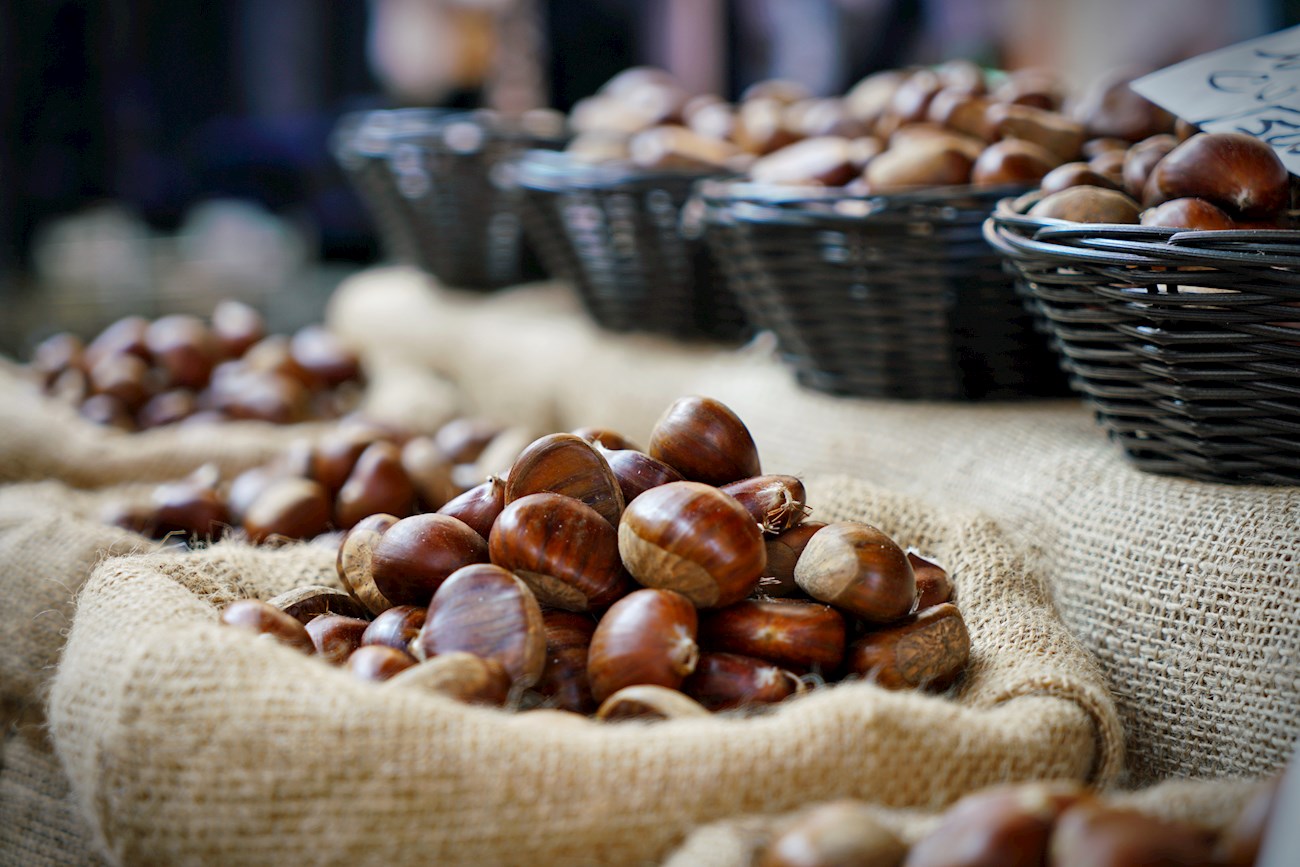Best French Nuts Types
Noix du Périgord are early or dry walnuts or walnut kernels with a fine texture and a unique taste similar to black walnuts, produced in the French regions of Aveyron, Charente, Corréze, Dordogne, Lot and Lot-et-Garonne, where the walnuts must be grown, shelled and packed.
Early walnuts are fresh and sold in their shells and the nuts are white with a thin skin that can be easily peeled. Dry walnuts are gently dried and less bitter than early walnuts and the walnut kernels are small, light or dark in color and must be minimally 8 mm in size.
Châtaigne d'Ardéche are sweet chestnuts of the ancient local varieties of Castanea sativa Miller grown and harvested in the Ardéche, the largest chestnut-producing region in France, with an annual Chestnut Festival and even a Chestnut museum in the medieval town of Joyeuse.
They can be used for making chestnut flour, or may come as fresh unpeeled chestnuts or peeled dry chestnuts. The taste is uniquely sweet, with aromas of pastry, sweet potatoes, honey, onion squash and pain au lait. For dried chestnuts, there are aromas of nuts, almonds, hazelnuts, and cake, sometimes accompanied by a slightly bitter flavor.
Noix de Grenoble are walnuts that are gathered in their shells from the end of September and come from three different varieties in the French departments of Isére, Drôme and Savoie. The ancient Romans brought the walnut trees to France and since it was a highly prized item (they used to pay the rent with walnuts), the trees were very well nurtured and cared for, giving the Grenoble walnuts their unique quality and taste.
The three varieties of these walnuts (franquette, mayette, and parisienne) differ in shape, color and taste, and they are commonly used in onion soups that are served at weddings, pressed for walnut oil, eaten candied, in the form of nougat or jam, in salads, cheeses or used in cakes.
Noisette de Cervione are hazelnuts from the Fertile de Coutard variety and their shape is best described as a flattened heart. They are cultivated in the French region of Haute-Corse, favorable for its high humidity, irrigated soils and apt altitude.
The heart-shaped kernels are brown to mahogany red, while the flesh is white to ivory in color and quite firm. Because of their small size, there is a greater concentration of flavors than in other hazelnuts, so the taste is clear, woody, oily, sweet and delicately aromatic, reminiscent of brown sugar.
TasteAtlas food rankings are based on the ratings of the TasteAtlas audience, with a series of mechanisms that recognize real users and that ignore bot, nationalist or local patriotic ratings, and give additional value to the ratings of users that the system recognizes as knowledgeable. TasteAtlas Rankings should not be seen as the final global conclusion about food. Their purpose is to promote excellent local foods, instill pride in traditional dishes, and arouse curiosity about dishes you haven’t tried.




